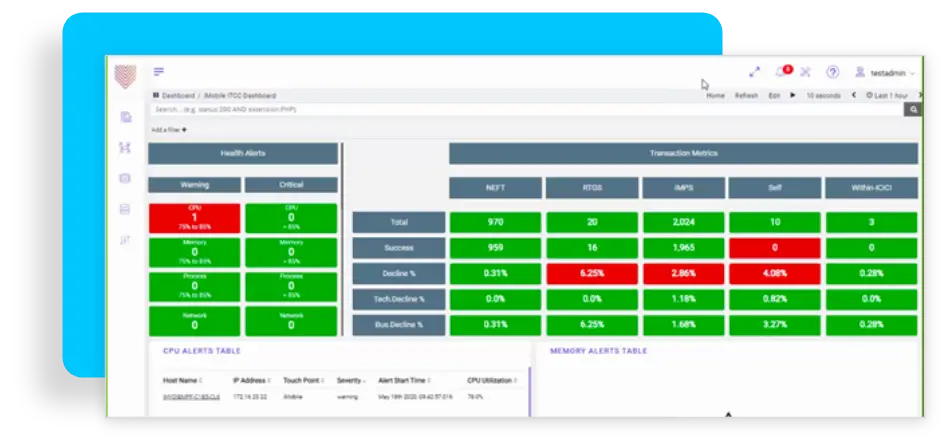
The platform provides real-time simple and compound alerts, prepackaged compound alerts based on topology, availability zones, DCs and supports temporal and ML-based alert noise reduction, along with a fault management console. It can be used for escalation mechanisms, automated ticket creation, run book automation, BOT integration, and more. It can send alert notifications via email, SMS, WhatsApp, and Microsoft Teams.
The platform provides RBAC to ensure selective authorisation of access to specific functionality, resource, or information based on the user role. It has a hierarchy of permissions, each defining its own operations. Each user role has a set of permissions attached to it. By default, the VuNetAdmin user role has all permissions and can create new roles and assign permissions to it. Some of the recommended user roles are Platform Admin, User Manager, Datasource Manager, Analytics Team, Operations Team, etc.
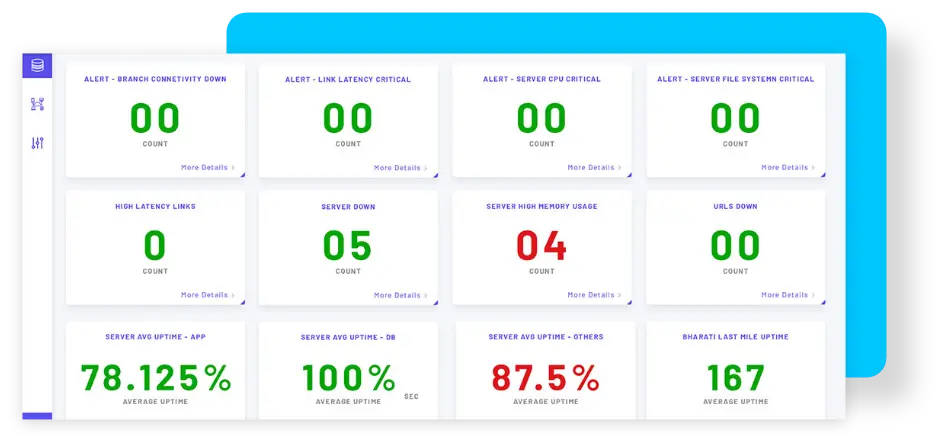
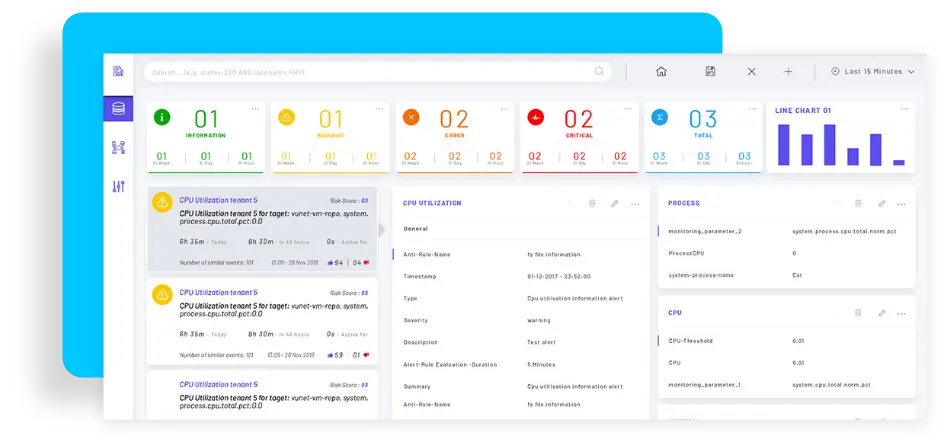
The platform works on standard authentication methods & uses HTTPS-based authentication, which supports LDAP integration and single sign-on. The platform enables 2-factor authentication for mobile app.
Synthetic agents (URL, Latency, Web load, Service Heartbeat) at fixed locations/hosts for business workflows, integration with Google Analytics and Heartbeat Analysis and Trace path Analysis. End-to-end trace path analysis for internal/external network analysis, includes 3rd party app calls and ISP link performance.
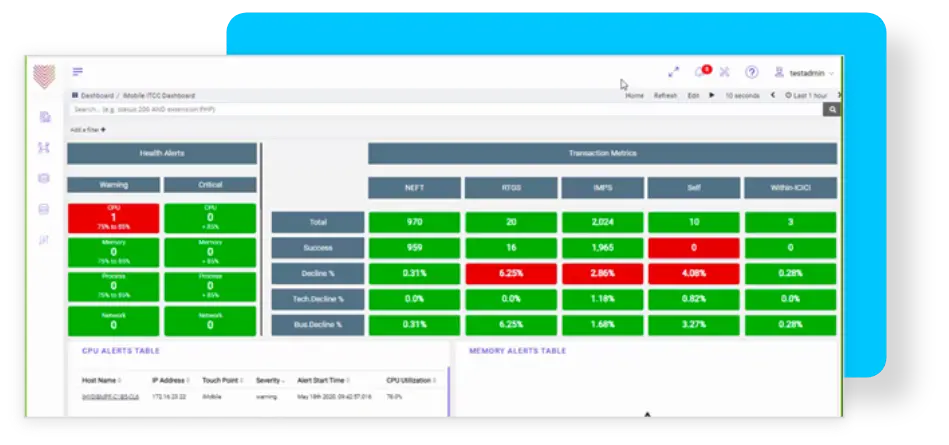
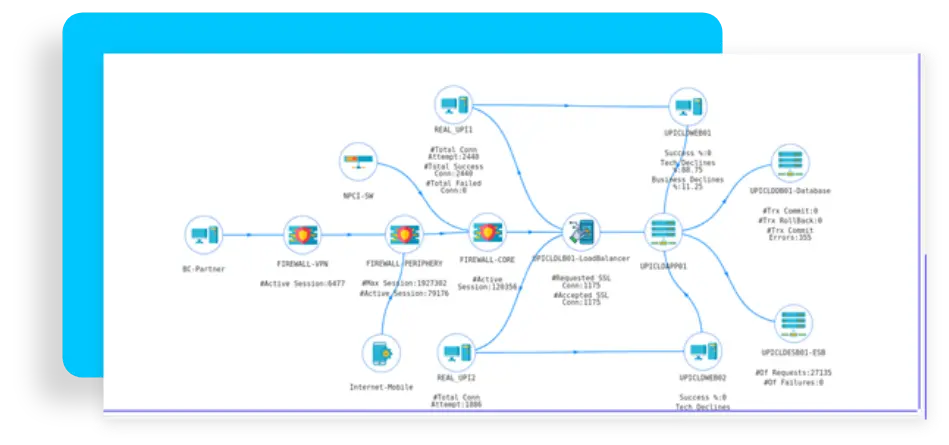
vuBlocks are data adapters enabled by a powerful data model architecture. It makes data more contextual by enriching it in real-time with business, domain, semantic, syntax, and environment context. The modular structure lets each vuBlock encompass the power of information, enrichments, KPIs, storyboards, and alerts for every single data type from computing, network, storage to logs, transactions, and applications. Customers can create their own vuBlocks with vuBlockSDK Kit.
The platform’s built-in pipelines help to ingest, clean, validate log and metrics data from diverse formats and enrich it with business and domain context using a combination of static, dynamic enrichment, ETL, and meta-tagging before feeding it to data-centric AI models. This makes the data in storyboards, reports, alerts, and notifications more meaningful.
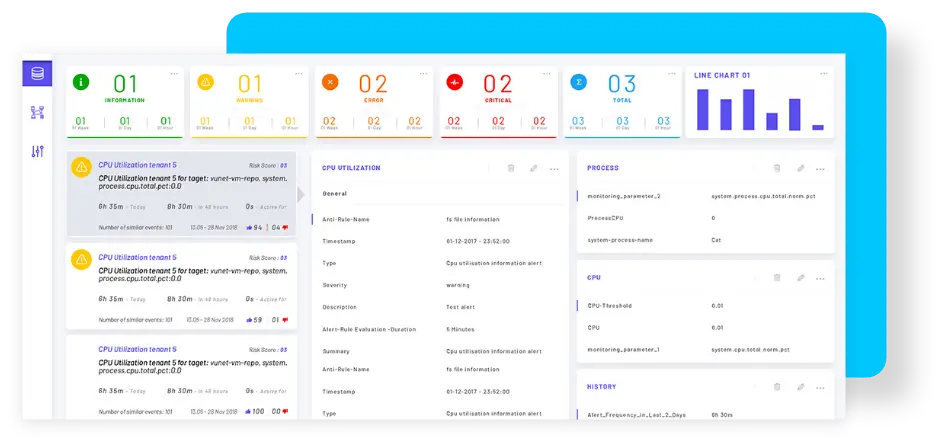
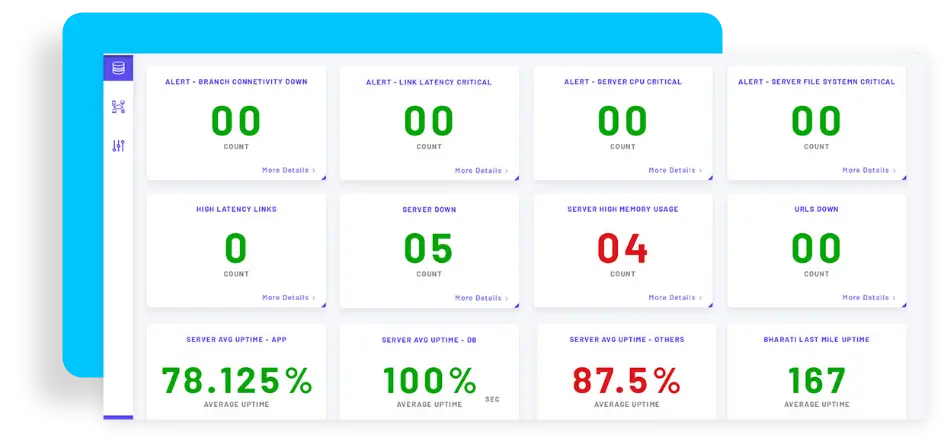
Long-term retention of operational/monitoring data for compliance and analytics, long-term analysis, and decision-making. Operational data is available for analytics. Historical data retention with indexing (hot, warm, and cold index) and horizontal scalability for expansion.
All your data is automatically and permanently deleted at the end of your retention period.
The platform provides an interactive, customisable storyboard with a view of the most minute metric data. The storyboard can be used to get unified visibility into device performance, resource availability and utilisation, operational health of elements through proactive monitoring of logs, events and metrics. Users can dynamically generate dashboards, export it as image, PDF, XLS or CSV and apply custom widgets.
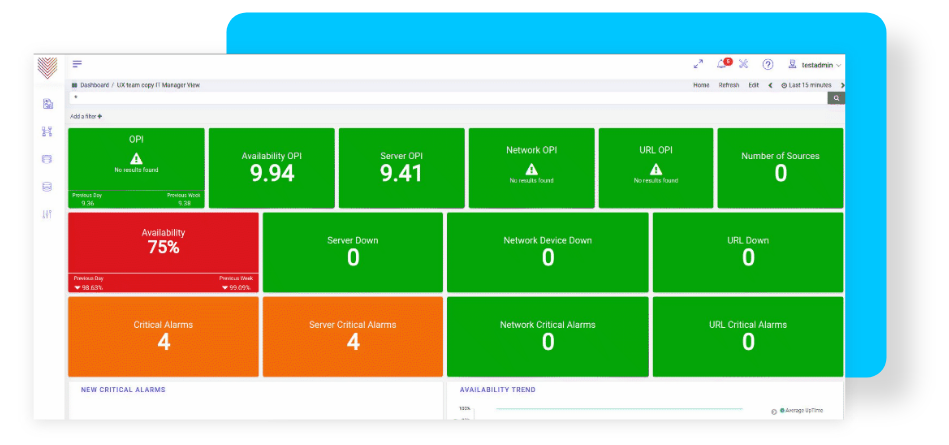
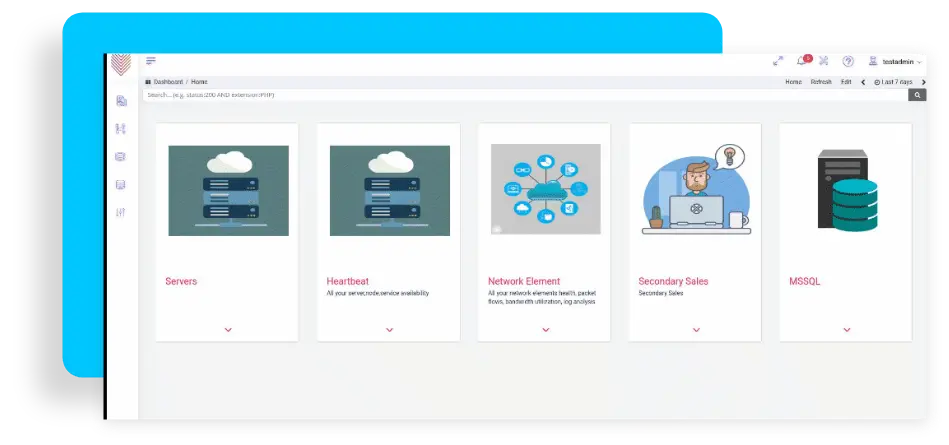
With an intuitive UI and pre-built library of tools, users can customise or create their own reports. Automated inbuilt reports are available for unified storyboards.
Reports can be created for capacity utilisation, server/network performance utilisation, application/branch performance, compliance with Windows event logs, etc.
The platform provides alert integration APIs to ITSM, Ticketing, Automation systems, allows bi-directional ticket integration, cloud ticket tool integration for Cloud Watch, Azure Event Hub, and more, integration with Google Analytics. The platform allows data integration from existing tools and systems like inventory management, HRMS, etc. It allows you to create a library of run book execution playbooks and provides alert APIs for automation runbooks (for repetitive and guided tasks).

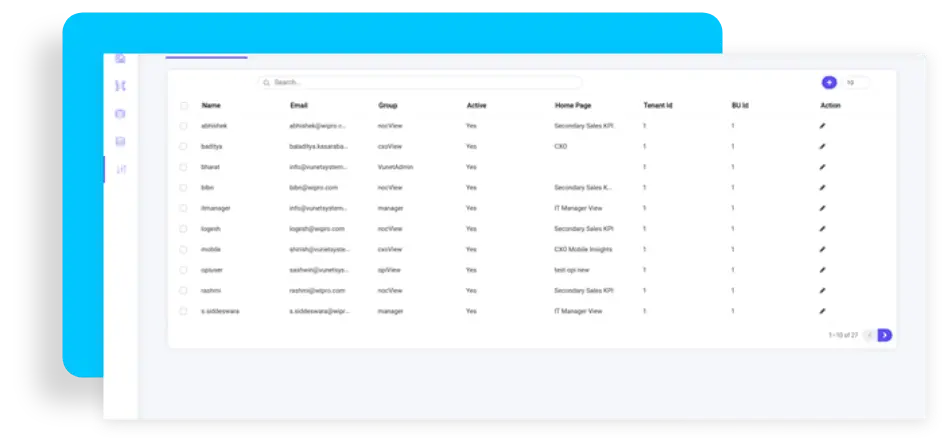
The platform provides additional security features to mask personal identity information during data sharing and configurations to send encrypted logs and metrics on the wire. Additional auditing ensures full transparency and traceability to the source ensuring a secure, trusted usage across the organisation.
The platform allows to deploy in Active-Active and Active-Standby modes for PR and DR sites with data redundancy, real-time data replication for standby system, distributed, redundant data storage for a horizontally scalable system, load balancing and high availability for all components in the system and provides a central console for monitoring multiple data centers.

VuNet’s Business-Centric Observability platform, vuSmartMaps™ seamlessly links IT performance to business metrics and business journey performance. It empowers SRE and IT Ops teams to improve service success rates and transaction response times, while simultaneously providing business teams with critical, real-time insights. This enables faster incident detection and response.